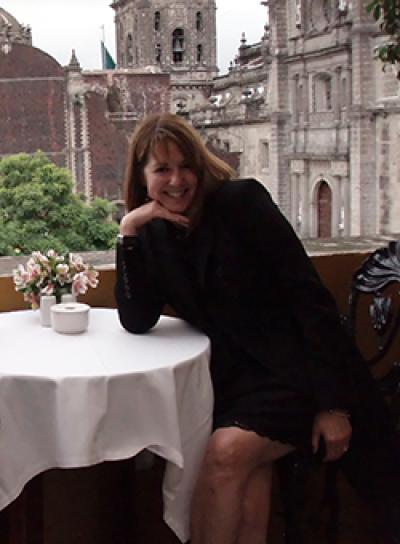Mexico’s Cultural Revolution: The Politics of Art in Post-Revolutionary Mexico

Principal Investigators: Stephanie Smith, Department of History
The Mexican Revolution of 1910 began as a rebellion against the 31-year dictatorship of Porfirio Diaz that had led to extreme concentration of wealth in the hands of a few rich plantation owners and an economy highly dependent on international corporations.
By 1917, the country established one of the most radical and comprehensive constitutions in modern history, guaranteeing labor rights such as the right to organize and strike, restrictions on the Church, national ownership of natural resources, and universal male suffrage.
The election of Gen. Alvaro Obragon as president in 1920 is commonly considered the end of the revolution. In an effort to unite a largely illiterate country, Obregon’s secretary of education Jose Vasconcelos turned to mural art -- a technique used by the Mayans and Aztecs -- and commissioned three of Mexico’s top artists to paint murals throughout the country.
These muralists, along with other artists and writers of Mexico from the 1920s to the 1960s, are the subject of Stephanie Smith’s second book, Mexico’s Cultural Revolution. Smith examines the interactions of these artists -- most of whom belonged to the Communist Party -- with the post-revolutionary government as it tried to roll back the reforms of the 1917 constitution.
Smith argues that the fusion of revolutionary ideology and culture in the post-revolutionary era significantly influenced the Mexican state and shaped an identity that continues until today.
Among the artists Smith discusses are:
- Muralist Diego Rivera, who painted large political pieces depicting Mexico’s indigenous past and global revolutionary heroes.
- Muralist David Alfaro Siqueiros, in and out of prison for political activities including the attempted assassination of Leon Trotsky.
- Frida Kahlo, whose art juxtaposed authentic indigenous Mexico with modern urban atrocities.
- Tina Modotti, who photographed peasant demonstrations and poor indigenous women.
- Trudi Blom, who photographed the indigenous Lacandon people of Chiapas.
A grant from the Mershon Center supported Smith on research trips to the Hoover Institute, home of the Leon Trotsky collection, and Mexico’s National Archives housed in the Lecumberri prison, which once held political prisoners including several of the artists discussed in her book. These archives now hold newly released government memos on seditious activity.
Investigators
Filters: 2010-2011, History
